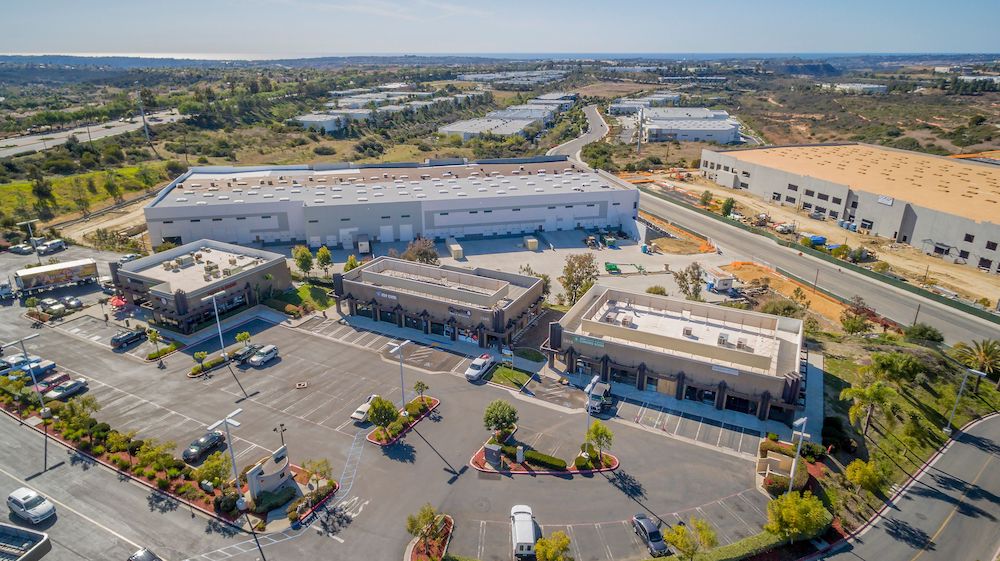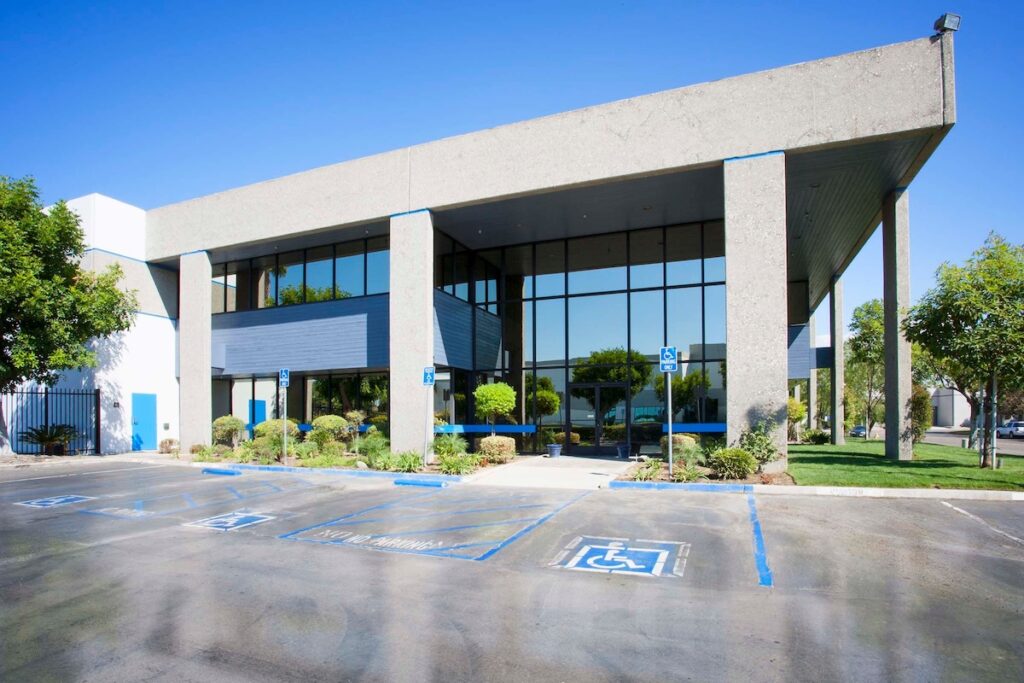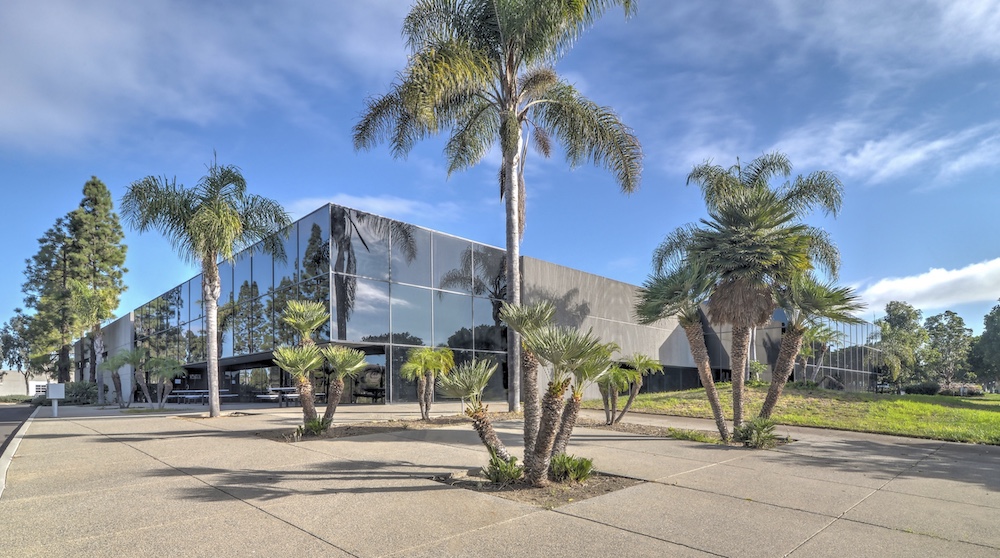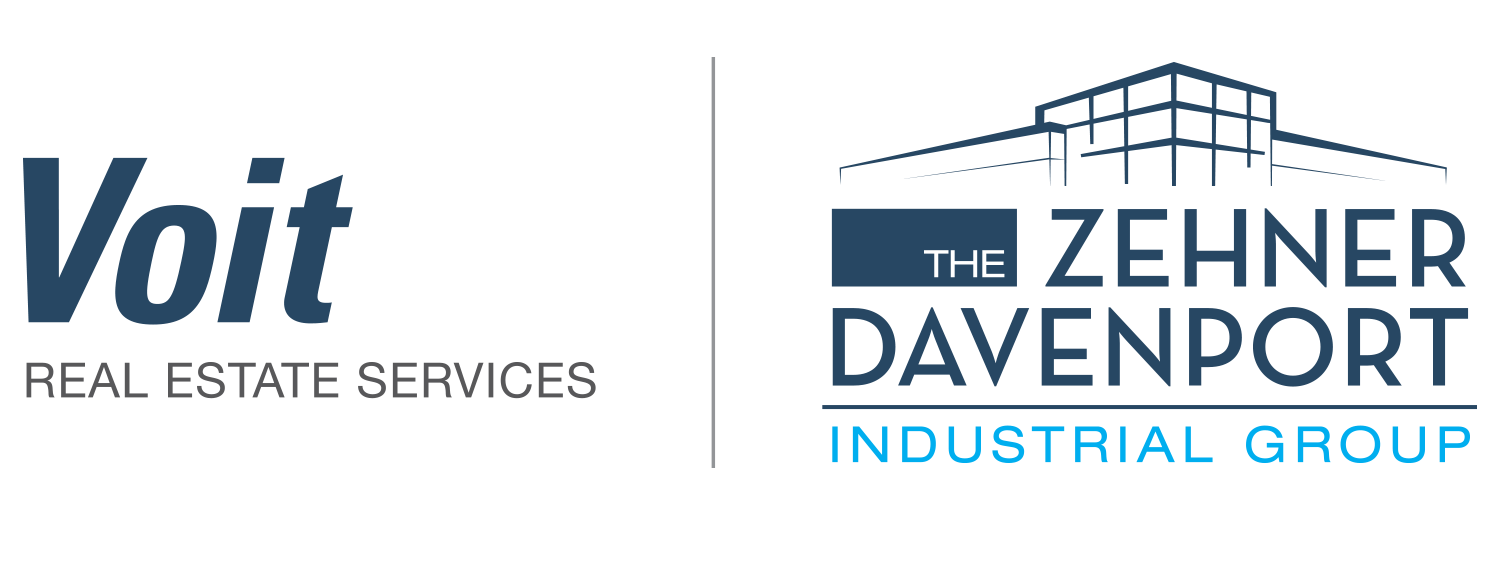It’s always a good idea to take a quick look over your shoulder before you change lanes, even if there’s no danger in your side view mirror.
At least that’s what we learned in driver’s ed class back in high school. It’s a simple protocol to follow in order to reduce our chances of a mishap. We think it also applies to real estate decision making because, like a car on the highway, the real estate market is also in motion and subject to variables that can either put us on the defensive or create opportunities to reach our destination safely in less time.
With that in mind, let’s take a quick look back at the 2024 Orange County industrial property market to help us understand where we are now, how we got here and, hopefully, give us some guidance on where we should be looking for opportunities to acquire, dispose of or lease industrial property in 2025.

Perhaps the best way to describe 2024 market conditions is to compare it to the way a V8 performs when it’s running down the highway on 6 cylinders. It delivers sluggish performance and makes us wonder what’s going to go wrong next and if we will make it to our destination at all. That uncertainty is not a good feeling, but it’s one that comes to mind as we look back on 2024. No matter how hard we all stomped on the gas pedal, everything took longer to make happen.
Buildings offered only for lease sat empty for months with little interest from qualified tenants, as the overall number of lease requirements in circulation ran at much slower pace than we experienced for more than a decade. The market first tapped the brakes back in late 2022 when inflation and interest rates spiked. The leasing market has been “off-throttle” since then. In 2024, transaction count declined as did total square footage leased, and leasing activity was concentrated in the smaller size ranges. There was still too much economic uncertainty for bigger tenants to feel comfortable enough to make new long-term commitments on space. The sense of urgency they had when vacancy was at 1% was absent in 2024, as tenants had a broader choice of higher quality spaces to choose from.
Landlords hung on to their asking rates as best they could, but showed increasing willingness to offer concessions like free rent, tenant improvement dollars and signing bonuses as the year wore on. They even offered incentives to brokers representing active tenants to attract attention to their vacant spaces. In the last half of the year, asking rents finally took a hit, and the year ended with a year-over-year decline of over 11%, while the vacancy rate doubled to 5.1%.

The sale market took an even bigger hit in 2024. Investors and owner/users struggled to make sense of new acquisitions with the increase in mortgage rates occasioned by the Fed’s attempt to rein in the highest inflation we’ve seen in decades. Demand fell off significantly, which most experts thought would precipitate a correction in valuations. However, supply fell along with demand and kept the two in relative balance throughout the year. As a result, pricing held near the record high that was fueled the flow of cheap money that finally shut off in the last half of 2022.
Higher mortgage rates put the brakes on both investor and owner/user properties throughout the year, as even the institutional players tend to rely on leverage for many of their acquisitions. Existing owner/users were loath to seek out growth opportunities and trade their 3% mortgages in for new ones at 6.5%. That didn’t and still doesn’t make sense to do, which tells us that the sale market is not going to change much until either rates or pricing heads lower. For the moment, rates are stuck where they are due to the recent rise in the 10-year Treasury yield, the primary benchmark for setting commercial mortgage interest rates.
All that said, there are still enough buyers out there to absorb the slow trickle of buildings that do make it to the market for sale, as a disproportionate share of available inventory is offered for lease only. Sales prices are just under the record high of 2022, which means sellers can still expect a premium price if they are realistic and patient.

To sum it up, 2024 was a year we are glad to see only in the rear view mirror. Activity since the election has picked up. Business owners are more optimistic and the fog of uncertainty is lifting enough for many of them to get back on the throttle again. But, turning a big market around is like turning around an aircraft carrier. It could take a while and we have a new set of variables to consider as we look ahead. For the moment, the change in conditions is mainly psychological, as the new sheriff doesn’t even come into town until January 20th. The first 100 days of the new administration will be critical, as the business community will have eyes on the possibility of extending friendly provisions of the Tax Cuts & Jobs Act of 2017, among other things.
As we have said many times in these pages, being up to speed on current conditions and trends is critical to good decision making, whether you are leasing, buying or selling. The cost to prepare is essentially zero, but the consequences of making ill-informed decisions can be catastrophic. We are here to help you prepare for whatever decision you make, even that means doing nothing at all.
Happy New Year.


Leave a Reply
You must be logged in to post a comment.